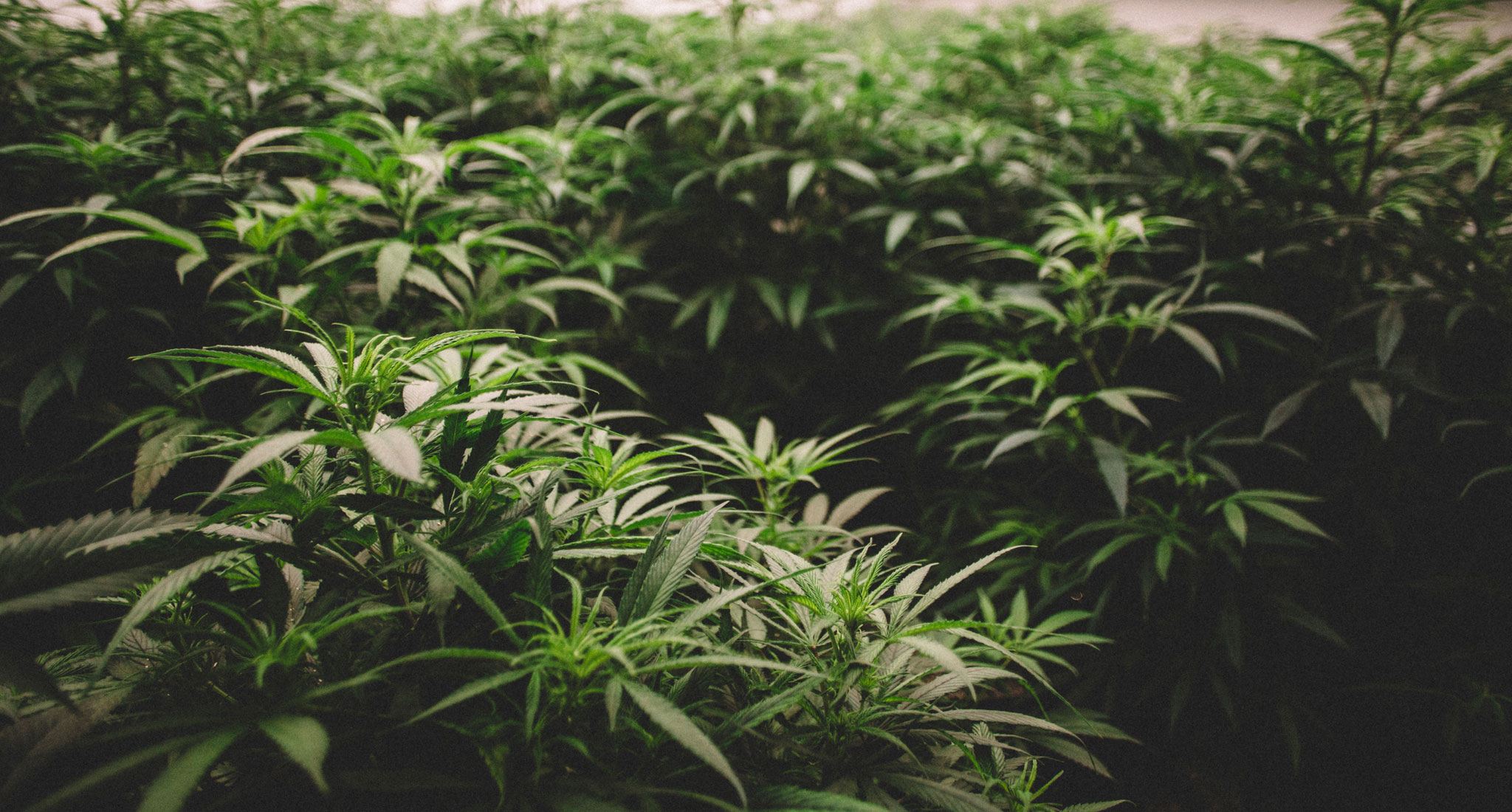‘Utility Primer’ offers recommendations on program design and market engagement, peer-reviewed by efficiency experts in leading regions where cannabis is regulated
PORTLAND, Ore. (March 31, 2021) — Identifying opportunities to implement energy efficiency practices in cannabis cultivation environments can be a complicated and time-consuming process. Consequently, implementing those practices once they are identified can be a similarly arduous task.
“Creating a program from scratch can be daunting. Energy efficiency program managers planning, designing, and implementing programs for emerging industries can sometimes feel that cannabis cultivators are challenging to effectively reach and serve,” said Gretchen Schimelpfenig, Technical Director of Resource Innovation Institute (RII). “But the building systems used in cultivation facilities have high-performance savings opportunities worth pursuing and utilities have the tools to support them.”
Capturing these opportunities and subsequently verifying the savings they produce requires securing funding and supporting programs for new high-performance technologies such as horticultural lighting and centralized heating, ventilation, air conditioning and dehumidification (HVACD) equipment and controls systems, according to Schimelpfenig. It is precisely why RII recently released its “Program Design & Market Engagement Primer for Energy Efficiency Utilities & Program Implementers Serving Cannabis Cultivators.” The Primer is available to utilities and implementers who join RII’s Utility Working Group and join in the collective effort to develop and promote utility best practices related to the rapid emergence of indoor agriculture, including the cultivation of cannabis and other crops in both greenhouses and warehouses.
The first-of-its-kind guide is a product of significant contributions by RII’s 2020 Utility Working Group and provides unique insights to implementers seeking to enhance their engagement with utility programs.
“In the Primer, members will find peer-reviewed overviews and guidance from leading utility programs serving cannabis producers in 11 key regulated markets throughout North America, from California to Massachusetts to Michigan to Quebec,” Schimelpfenig said. “It has a comprehensive and detailed overview of nearly 60 different efficiency programs. We hope that utilities and program implementers will come to rely upon it as a resource for the priority knowledge they need when working with cannabis cultivators.”
The Utility Primer includes:
- Utility energy efficiency program planning information, including how to coordinate between utilities and governments
- Program design details, including measure identification and savings methodologies
- Program implementation guidelines, including market engagement
- An overview of North American cannabis and CEA utility programs, including incentive structures and contact info.
“Traditional approaches and systems used for growing are diverse and not well-documented, so baselines are difficult to create,” said Derek Smith, Executive Director of RII. “And data is scarce for utilities and implementers creating high-performance benchmarks when designing incentive programs. Because this industry is still in its early stages, it is too soon for RII to provide specific best practices, but our Utility Working Group has insights on the better paths to take as program implementers continue the research and exploration phase, trying multiple approaches and moving away from custom projects.”
According to Smith, as more energy efficiency programs mature and trends emerge related to serving not just cannabis producers but also indoor producers of a variety of crops, RII plans to release in 2022 a Utility Best Practices Guide and other services related to CEA program design and market engagement.
For more information or to schedule an interview, please contact Shawna Seldon McGregor at 917-971-7852 or shawna@themaverickpr.com.



